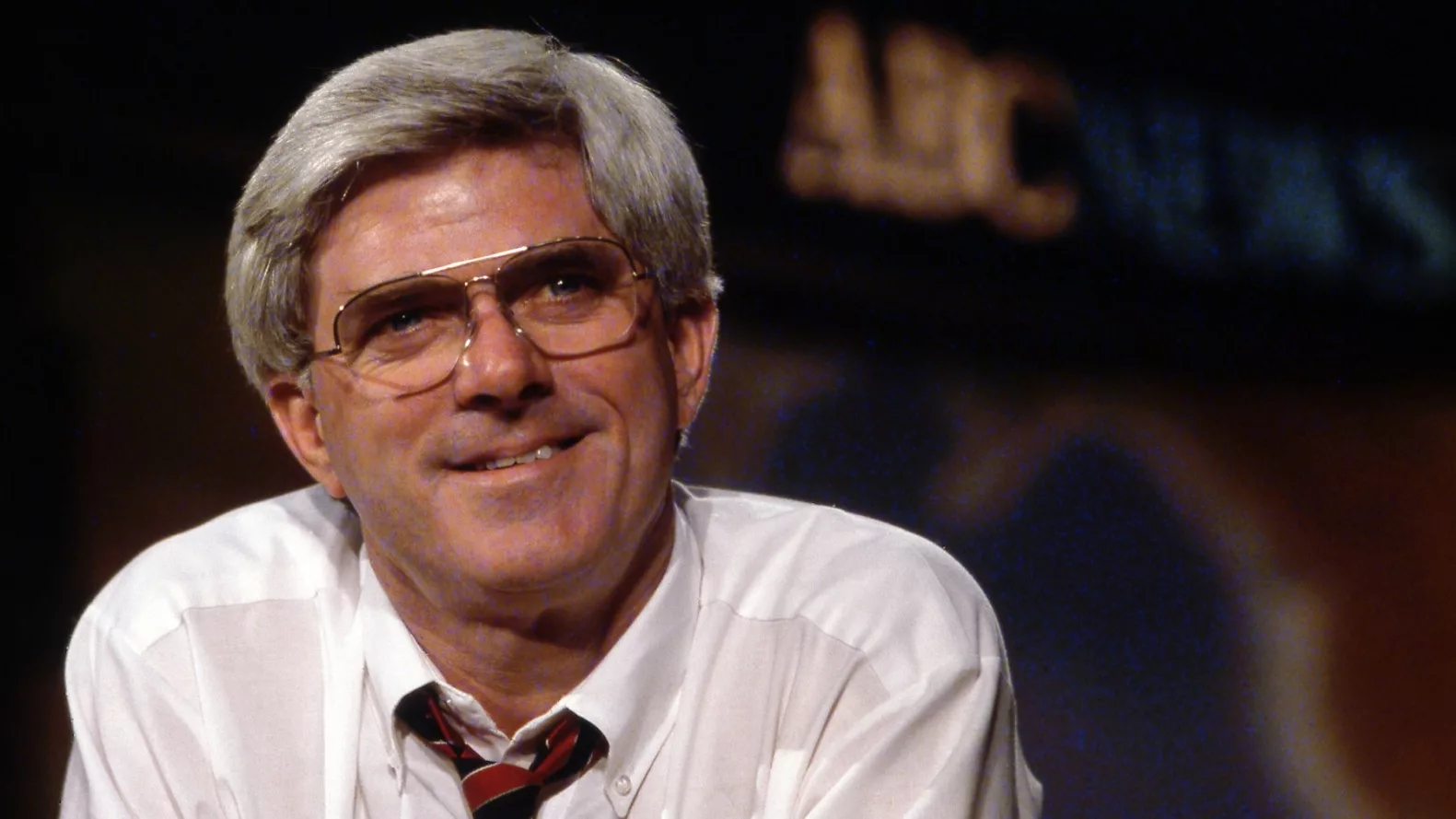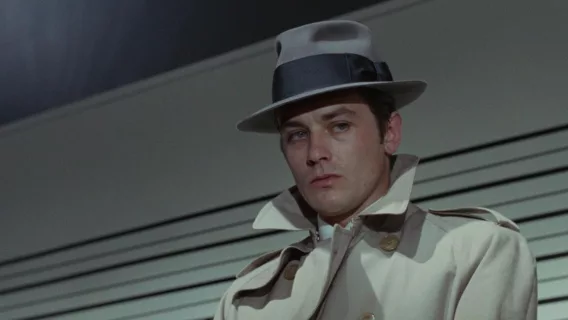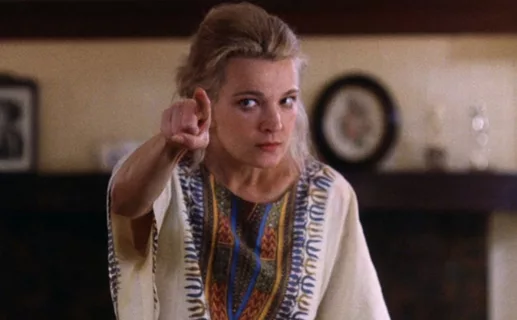Phil Donahue, who passed away on August 18 at the age of 88, did not introduce the television talk show, of course—Joe Franklin is credited with beginning the first one back in 1951, and this was followed a couple of years later by the first iteration of “The Tonight Show” with Steve Allen hosting. What he did do, however, was take the standard format for such a thing—two or three guests shooting the breeze with a genial host asking mostly softball questions plugging their latest works in front of an audience that merely observed the proceedings until prompted by an APPLAUSE sign—and radicalize it. He not only introduced more serious topics that viewers might relate to (more personally than a starlet giggling about working with Liz & Dick, that is) but made them an integral part of the proceedings. For good or ill, he changed the notion of what a talk show—and all of television, by extension—could accomplish. It’s almost impossible to imagine the broadcasting landscape today if he had never picked up a microphone.
Born in Cleveland, Ohio, on December 21, 1935, Donahue’s first brush with the broadcasting industry came after his junior year at Notre Dame, where he was a business major when he took a summer job at WNDU, a local station owned by the university. After graduation, he began working as a replacement announce on another local TV/radio outlet before landing jobs as a program director at a Michigan station and at WHIO-AM-TV in Dayton, where he interviewed the likes of Jimmy Hoffa and hosted a radio talk show called “Conversation Piece.” Although his frustrations at being unable to crack into a national job caused him to briefly leave broadcasting entirely to work for a trading stamp company, he returned to it in 1967 with a new Dayton-based morning television talk show entitled “The Phil Donahue Show” that would go on to change television history forever.
Then, as now, most of the major talk shows were broadcast out of either New York or Los Angeles because that was where the personalities that one hoped to see sitting on the couch tended to congregate. Dayton, on the other hand, has never been known for being a media hotspot, and getting those personalities to hop a plane to Ohio to appear on a talk show to promote their new movies was simply not going to happen. Recognizing this, Donahue ended up rejiggering the format in ways that would allow him to make the best use of his limited resources. Instead of struggling to recruit the standard two or three guests per show, each one talking about their own particular thing, he would spend each episode focusing on a single guest and topic. These topics would mostly eschew the standard talk show froth to tackle more serious-minded subjects that reflected the increasingly tumultuous times. Perhaps most significantly, he transformed his studio audiences from passive to active participants, including them in the proceedings by going out into their seats to delve into their thoughts on the subject at hand or have them pose their own questions to the guests.
From the very first episode (which featured Madalyn Murray O’Hair, the famous atheist who had just helped to lead the case that led to the Supreme Court barring prayer in schools), the show was a hotbed of controversy. It dealt with such formerly verboten topics as premarital sex, prison reform, homosexuality, and other social, political, and cultural issues of the day. The show was also an instant success, and in 1969, it was re-launched in national syndication. By 1971, it could be seen on 44 stations throughout the country, and in 1974, the show moved its base of operations to Chicago, where it was renamed “Donahue” and produced out of the studio facilities at WGN and would soon be taken over by the emerging syndicator Multimedia Program Productions.
It was at this point that the show took off in a big way. By the end of the decade, it was shown on over 200 stations and attracting upwards of 9 million viewers, most of them women who saw in Donahue someone who was honestly interested in and valued their opinions on the topics at hand. As for those topics, while the newfound popularity of the show allowed for higher-profile guests, it continued to court controversy by exploring any number of hot-button subjects in provocative ways—he aired footage of an abortion, he was one of the first television hosts to tackle the subject of AIDS substantively and was the first Western journalist to visit Chernobyl in the aftermath of the 1986 nuclear accident. There were times when the show leaned towards the salacious, especially when it came to sexual matters, and some of the things that he did might seem cringe-worthy in retrospect (one episode about cross-dressing found him wearing a dress himself). But more often than not, he approached these subjects with a sense of respect and curiosity instead of seeing them as freak shows to be exploited.
The popularity of “Donahue” cannot be underestimated. Throughout its run, it aired over 6,000 episodes and earned 20 Daytime Emmy awards during that time. At its peak, people waited up to 18 months for tickets to attend one of his shows. Donahue’s celebrity status also increased greatly during this time, thanks in part to getting a regular interview segment on the “Today” show and for his high-profile marriage to actress/author Marlo Thomas, whom he met when she was a guest on his show in 1977 and married in 1980. The show officially became a cultural touchstone, inspiring several knockoff shows and spoofs on shows like “SNL” goofing on his earnest manner and occasionally outre subject matter. In 1984, the show moved from Chicago to New York, leading to David Letterman instituting a hilarious running bit counting down the days until his arrival. The show would even be featured in a key scene in Brian De Palma’s controversial 1980 hit “Dressed to Kill,” in which two key characters were seen in split-screen watching Donahue interviewing a transgender woman—one regarding it mostly as background noise and the other paying especially keen attention to the proceedings.
A few months before Donahue moved the show from Chicago to New York, a new talk show arrived in the city that utilized the template he had established, like a number before it. What this show had that so many others who followed a similar path didn’t was a host as dynamic and engaging as Donahue himself. after a couple of years, “The Oprah Winfrey Show” was launched into national syndication, and my guess is that you have probably heard of it. The mammoth success of that show led to an explosion of daytime talk shows that also utilized the same basic structure and approach that Donahue had established but which, more often than not, veered into the kind of sheer tawdry exploitation that he generally managed to avoid. By comparison to the shows churned out by the likes of Sally Jesse Raphael, Jerry Springer, and others, Donahue’s were looking increasingly staid and stodgy, and by 1996, with his once-untouchable show now ranked 13th in the ratings for daytime talk shows, he brought the program to an end.
That was the end of “Donahue,” but it was by no means the end for Donahue. In July of 2002, he came out of retirement to host a new show, also called “Donahue,” on MSNBC. Seven months later, in February of 2003, the show was abruptly canceled. A short time later, internal memos from MSNBC were leaked that indicated that the removal was due to Donahue’s public opposition to the imminent U.S. invasion of Iraq and fears that it might continue to promote a liberal anti-war agenda on airwaves that were at the time owned by major defense contractor General Electric. In 2006, he, along with Ellen Spiro, would co-direct “Body of War,” a documentary about a disabled Iraq War veteran struggling to adjust to postwar life that was shortlisted for consideration for the Oscar for Best Documentary. He also turned up as one of the interviewees in “Finding Vivian Maier,” a documentary exploring the life of the celebrated Chicago street photographer that he became acquainted with during his years in the city.
Over the years, Donahue received a number of awards and accolades for his work and influence on the medium of television. He was given the prestigious Peabody Award in 1980, was inducted into the Academy of Television Arts & Sciences Hall of Fame in 1993, and was given a Lifetime Achievement Award at the Emmys in 1993. Earlier this year, President Joe Biden presented him with the Presidential Medal of Freedom in celebration of his career and his work’s impact over the years. Ultimately, though, the biggest tribute to Phil Donahue and his legacy is the one anyone with a working television can find. In a medium that has always tended to favor blandness and mediocrity over anything that might be considered challenging or controversial, he dared to do things differently, and the impact of those innovations continues to be felt to this day.












